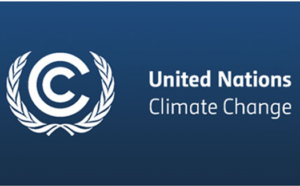Russia’s Economy Shows Resilience Amid Sanctions, Stabilizes Oil Exports

Despite facing a barrage of international sanctions, Russia’s economy has demonstrated resilience and stability in 2024, with its oil exports showing signs of recovery. While Western sanctions aimed at curbing Russia’s energy sector initially disrupted its economy, recent reports indicate that Russia has managed to maintain stable oil exports, supported by high demand from key buyers and strategic adaptation measures by the government.
Oil Exports Remain Steady
Russia’s oil export stabilization has been largely driven by continued purchases from major trading partners such as China and India. These countries have increased their demand for Russian crude oil, taking advantage of discounted rates following the imposition of sanctions. The surge in purchases from Asia has partially offset the loss of Western buyers, helping Russia maintain a steady revenue stream.
Russia has also adopted measures to circumvent some of the restrictions on its energy exports. This includes finding alternative shipping routes and creating shadow fleets to transport oil to regions that remain open to purchasing Russian energy. While the EU and the U.S. have implemented price caps and tightened sanctions, Russia’s adaptation strategies have allowed it to continue operating within these constraints.
Economic Strategies and Government Interventions
The Russian government has implemented a series of economic policies to cushion the impact of sanctions. The central bank, for instance, has raised interest rates to curb inflation and support the ruble, which has faced significant pressure since the sanctions took effect. Additionally, the government has invested in domestic industries and infrastructure to reduce reliance on imports and mitigate the effects of international isolation.
A rise in domestic production has helped Russia adapt to some of the sanctions. By focusing on food and energy self-sufficiency, Russia has reduced its dependence on foreign goods, especially from Western countries. Furthermore, the government’s support for small and medium enterprises has helped stimulate the local economy, creating a buffer against external economic pressures.
Risks and Future Outlook
Despite these positive signs, Russia faces ongoing economic risks. The loss of European markets, which traditionally absorbed a large portion of its oil exports, is expected to impact the economy in the long term. Additionally, the reliance on a few large trading partners, such as China and India, exposes Russia to potential volatility in these relationships and fluctuations in global oil prices.
The economic resilience shown so far may also be tested by continued international pressure and evolving sanctions. While Russia has successfully managed to navigate these challenges in the short term, long-term sustainability will require continued adaptation and diversification of both its economy and its export markets.
In the broader context, Russia’s experience underscores the complexities of implementing sanctions on a resource-rich nation. It remains to be seen how effectively Russia can maintain its economic stability and oil export levels in the face of mounting global challenges.
Stay ahead with ITBusinessNews – Your trusted source for Technology and Business news. Fast & Precise




